Customer Testimonials
More than 5,700 communities in 3 countries rely on Aline to improve every aspect of living and care for their residents, families and staff.
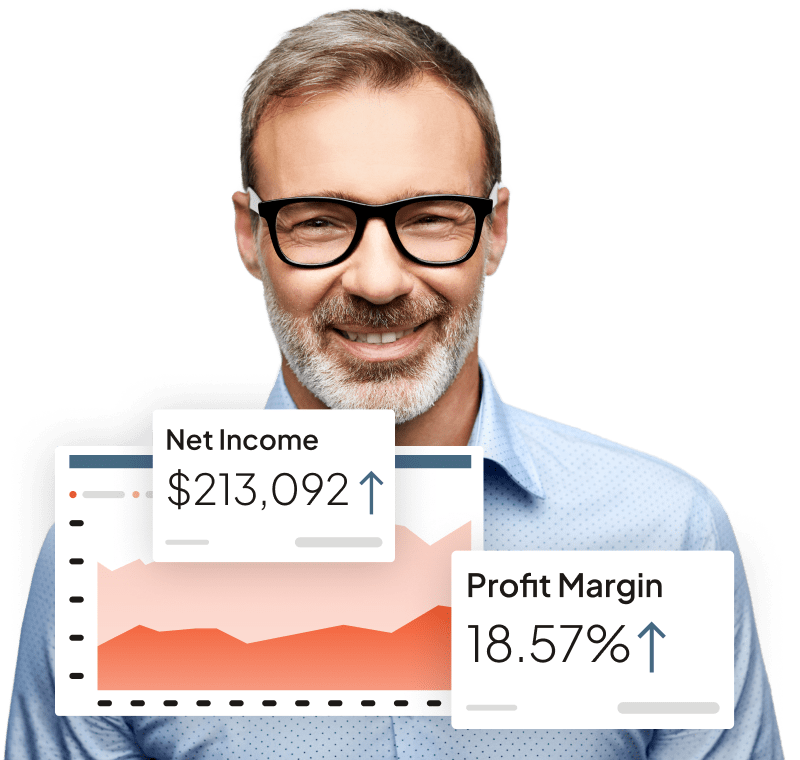
Our Reviews

We wanted a platform built specifically for assisted living. Aline Revenue provides real time data that allows us to take real time actions.Justin Vetter, CPA, Chief Financial Officer, Arcadia Communities
I have worked in the senior living space for over 20 years. This system is by far the best, and the customer service is unmatched!
Kate Brunner, Vice President of Sales and Marketing, Heritage Senior Living
If you want to provide the best care, and see the best ROI, you need the kind of access and partnership Aline has provided.
Steve Crittenden, CFO and CIO, for Sodalis Senior Living
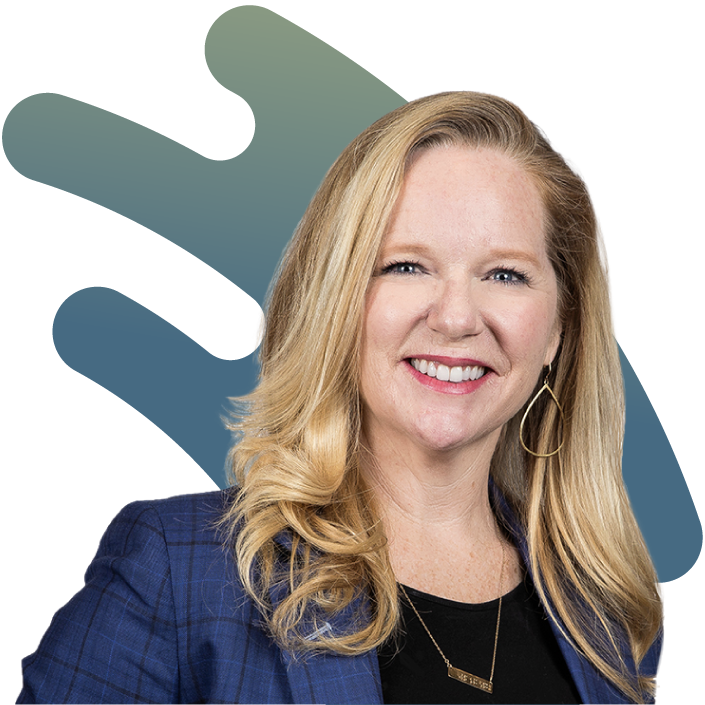
Aline helped me sell, recruit and scale our training program, which was an essential need for our fast growing company.Brandi Williamson, VP of Sales and Marketing, Experience Senior Living
The Aline eMAR controlled substance management feature has been not only a time-saver for our communities but has also aided in pinpointing diversion issues.
Laura Zell, Client Services, Care Options RX
The CRM is very user-friendly, especially for sales. It’s easy to access the data we need to make good sales decisions.
Pat Cokingtin, Senior VP of Sales and Marketing, Americare Senior Living
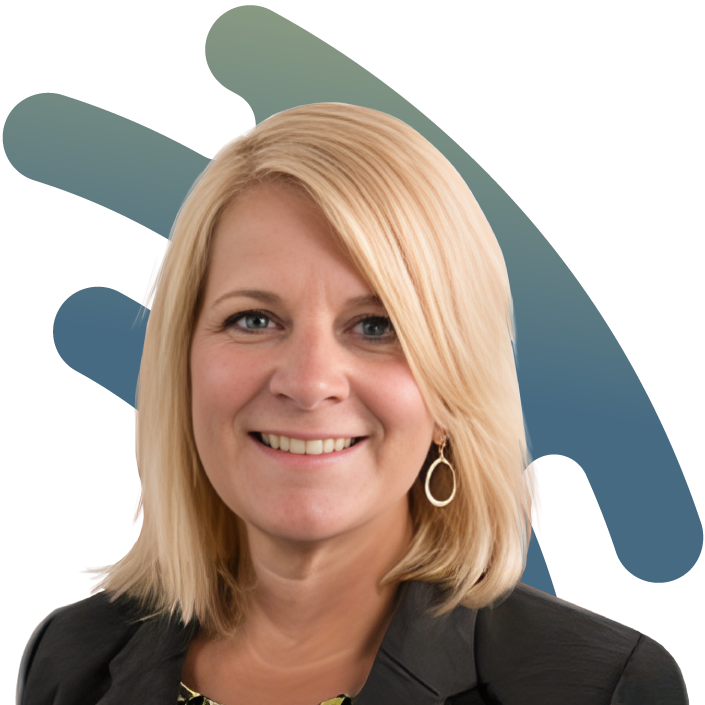
I have been using the Aline Care app for several years and have many favorite features including how easy and fast it is to create a new resident dashboard.Jen Johnson, National Care Director, Atria Senior Living
The best part is the peace of mind the Contact Center brings, always giving us a high-quality backup sales team right at our fingertips.
Maria Robinson, Vice President of Sales, Tuscan Gardens
What [sales enablement training] has done is created a lot of enthusiasm and buy-in at all levels in our sales culture.
Woody DeWeese, Vice President of Operations, Parc Communities
More case studies
Read success stories from Aline customers.
Companies like yours that rely on Aline
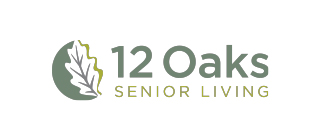

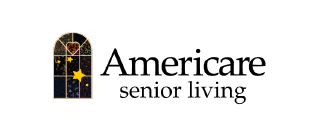
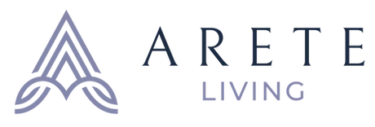

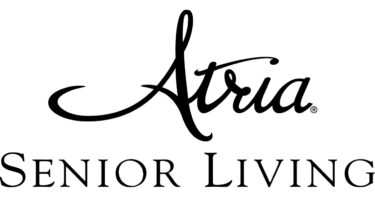

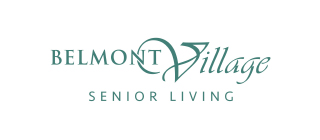
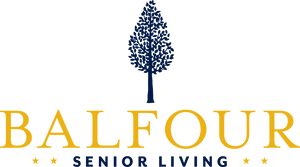
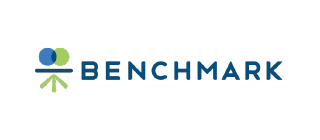
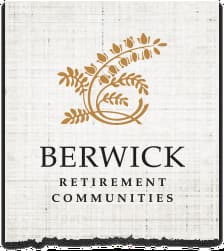
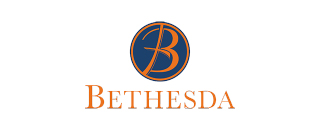
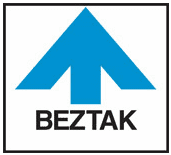
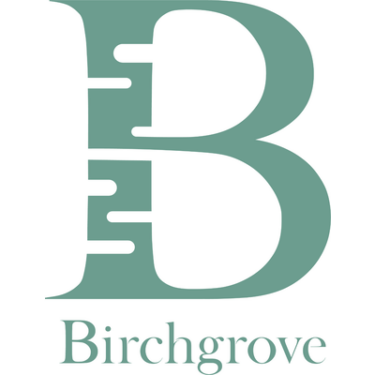
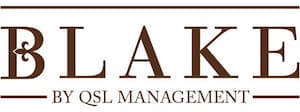
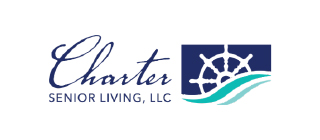
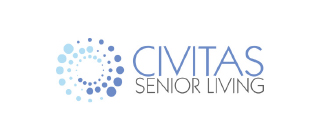
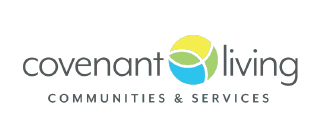

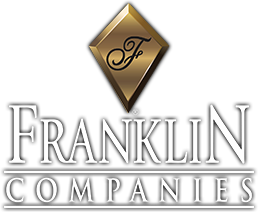
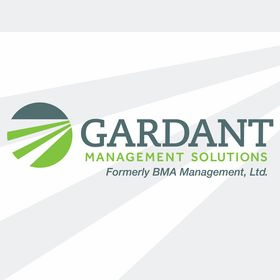

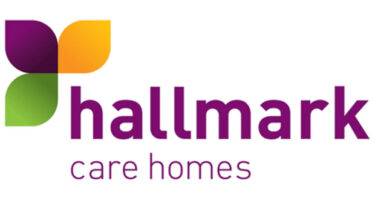

























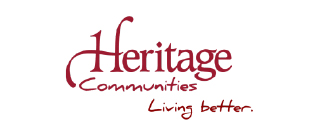
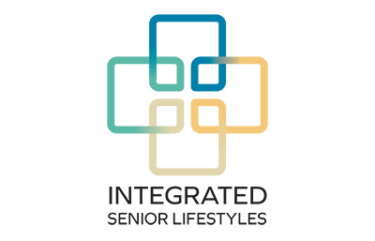


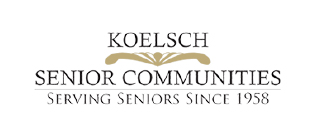
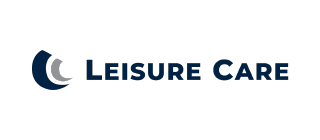
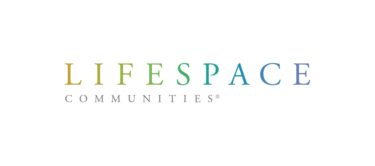
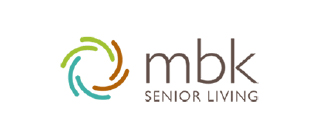
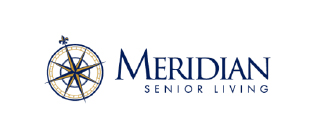
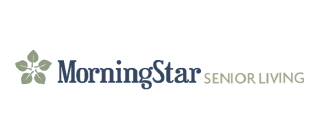


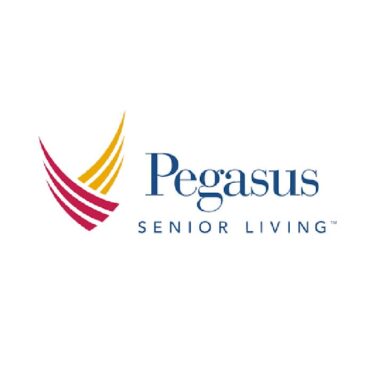
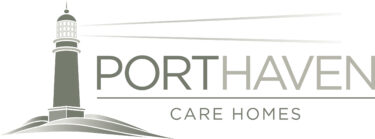
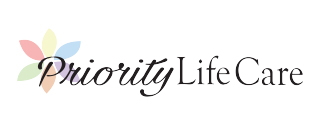

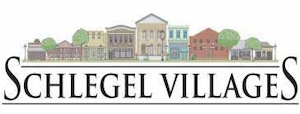
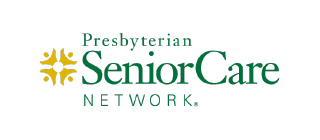

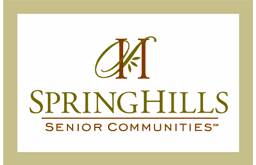
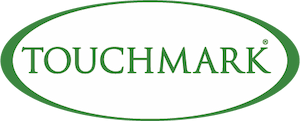
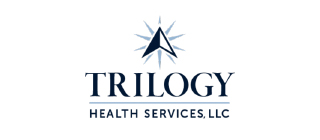
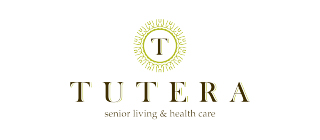
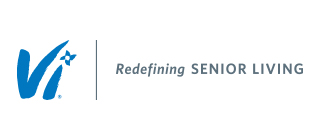


























Learn about our senior living software solutions
Sales & Marketing
From first touch to move-in, improve the speed and strength of your organization’s sales and marketing effort.
Billing, Leasing & Accounting
Gain full transparency into leasing, billing and financials. Unlock forecasting and insights. Manage approvals and workflows at scale.
Resident Care & Experience
Deliver on a culture of clinical excellence. Create market-best experiences for residents and their families — all at scale.
Discover senior living resident care and experience software
Operational Performance
Get visibility into every level of your operations with sleek, insight-rich dashboards. Easily audit and maintain your brand and compliance standards.
